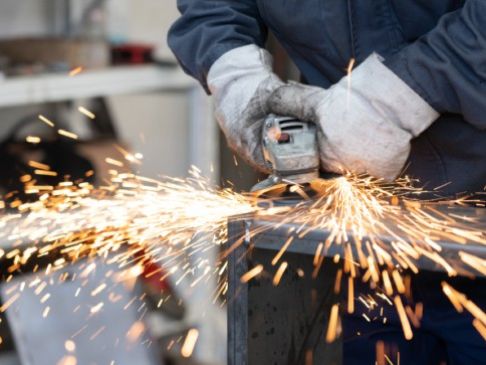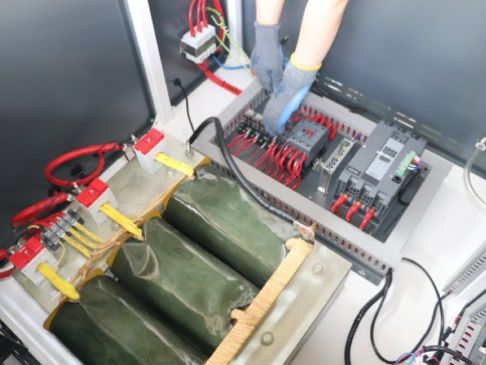Time:
By definition, a rotary tube furnace is a heat-treating circular furnace, which rotates during heat-treatment. Samples are transported through the furnace in a circular path as they are heated.
Rotary tube furnaces generally burn pulverized, solid, gaseous or liquid fuel into its working section, and then the heating gases created flow towards the sample. These furnaces feature a metal drum lined with refractory, which is mounted at an angle.
Rotary tube furnaces are designed to heat loose materials for physiochemical processing, and they are classified depending on their method of heat-exchange (parallel or opposing gas flow) and their energy transfer method (direct, indirect or combined).
These furnaces are designed for continuous materials processing as it applies heat to the sample in multiple thermal control zones. The heat is transferred from a heat source to a rotating tube, which holds the sample.
Related News

ndustrial furnaces are used globally for a wide range of applications. As the selection of applications grew, different types of furnaces were developed to keep up with demands.
ASHING FURNACES
Ashing furnaces are used to determine the amount of ash that forms after a sample is burned. Typical materials used as samples in ashing furnaces are petroleum products, lubricating oils, and coal.

Our furnaces can be used in high-temperature tempering, annealing, quenching and other
Get A Free Quote
Submit Request